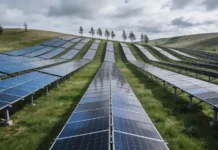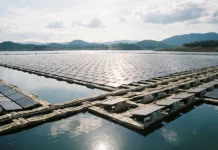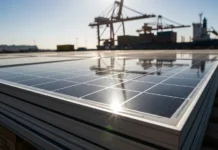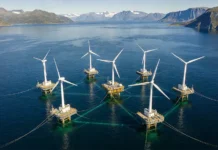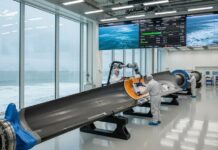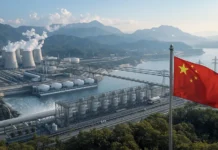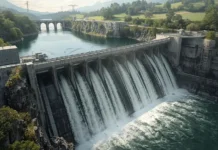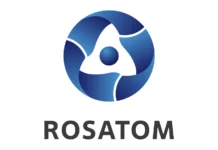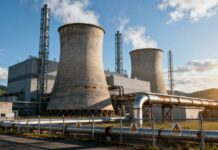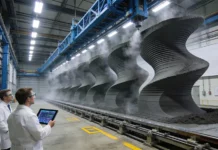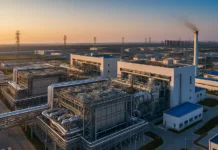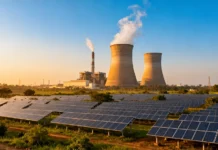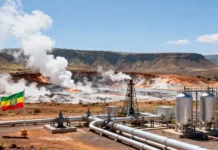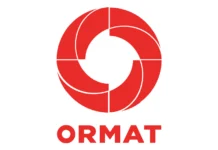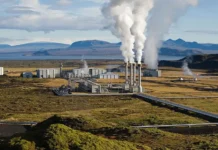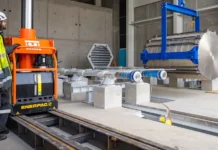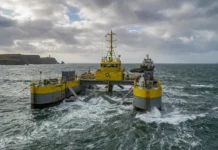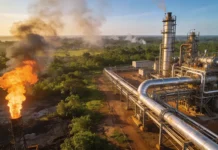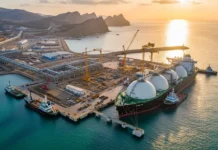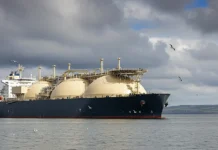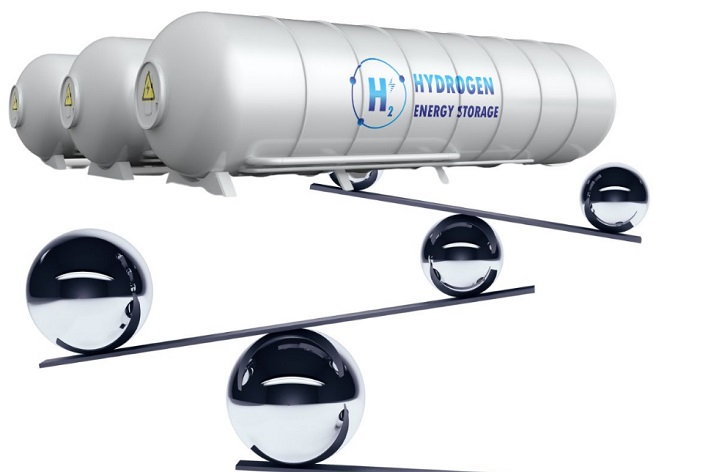A multidisciplinary team of students from Eindhoven University of Technology in the Netherlands is giving a push to solve the problem when it comes to costly and complex hydrogen storage as well as transport by way of a steam-iron process that makes use of small iron pellets as carriers of H2 energy.
Iron can very well function as hydrogen’s circular career.
The student team from the Netherlands developed a steam iron process so that as and when iron gets introduced to the flow of hot steam under pressure that is particularly high, it goes on to react with the water molecules, generating iron oxide, i.e., rust, as well as hydrogen.
It is well to be noted that hydrogen can be extracted and also utilised as a source of energy, while the remaining iron oxide can get regenerated back into iron with the influx of hydrogen. Like this, the iron goes on to function like a circular hydrogen career.
The iron goes on to offer safer storage for hydrogen and is also an apt transportation solution.
As per the students, the fact that iron can be stored as well as transported in place of hydrogen can lead to numerous advantages. For example, since iron happens to have a higher density of energy, it is anticipated to store three times more energy per volume as compared to pressurised hydrogen. Furthermore, the storage and transportation of iron go on to reduce challenges pertaining to logistics as safer and more compact methods can be used.
One of the business managers at SOLID, Timme Ter Horst, said that iron happens to be one of the most abundant elements on the earth’s surface, which itself means that their technology can offer an option that’s cheaper when it comes to hydrogen’s large-scale storage and distribution in the future.
Steam Iron Reactor One.
The student team has come up with the Steam Iron Reactor One, also called SIR One, in sync with its partners. The SIR One happens to be a test installation that is designed to showcase and explore the capabilities of the new iron pellet hydrogen storage as well as its transportation tech.
In the upcoming phase, the students will go on to make use of a reactor to improve the efficiency of the process and also extend the pellet lifestyle. The team also looks to scale up the existing SIR One system to SIR Two.
The SIR Two is anticipated to have 15 times more capacity as compared to the first system, at 500 kWh. The objective happens to be to eventually demonstrate the novel hydrogen storage and transportation technology on an industrial scale to relevant end users.


